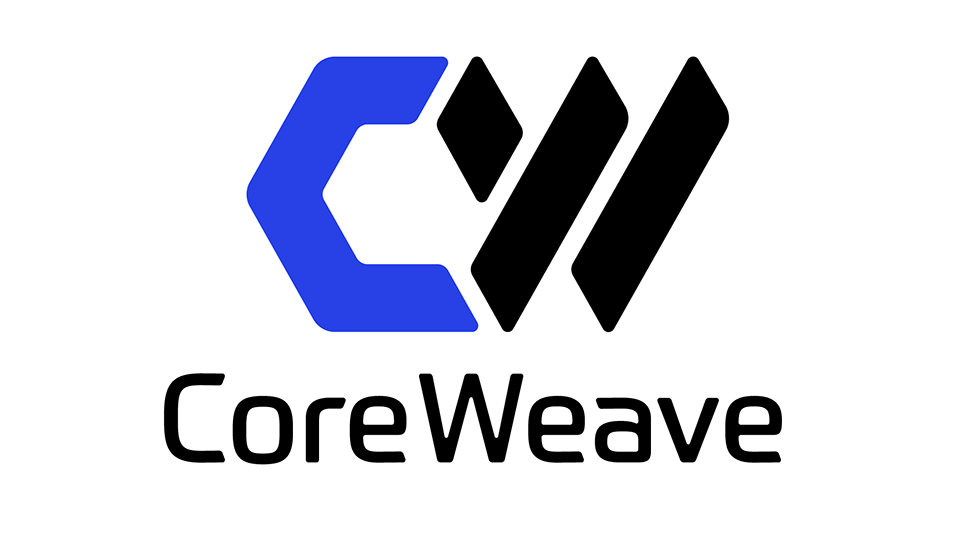CoreWeave's Risky Future: A WeWork Comparison?
CoreWeave, the rapidly expanding cloud computing company specializing in high-performance computing (HPC), is currently riding a wave of success. However, whispers of a potential downfall, echoing the infamous WeWork implosion, are beginning to surface. This article delves into the similarities and differences between the two companies, exploring the potential risks facing CoreWeave and its future trajectory.
The CoreWeave Success Story (So Far)
CoreWeave's rapid ascent is undeniable. The company boasts an impressive roster of clients, including major players in the AI and machine learning space, leveraging its robust infrastructure to power complex computations. This success has led to a significant valuation, attracting substantial investment and solidifying its position in a fiercely competitive market. Their focus on sustainable, efficient infrastructure also positions them favorably in the increasingly environmentally conscious tech landscape.
- Key Strengths:
- Focus on HPC: Catering to a high-demand, high-growth market.
- Strong Client Base: Securing contracts with major industry players.
- Sustainable Infrastructure: Appealing to environmentally conscious investors and clients.
- High Valuation: Attracting significant funding and reinforcing market confidence.
Echoes of WeWork: A Concerning Parallel?
Despite its impressive achievements, CoreWeave shares some unsettling similarities with WeWork, the co-working giant that experienced a spectacular fall from grace. Both companies:
- Experienced rapid, often unsustainable growth: Both prioritized aggressive expansion over profitability, leading to concerns about long-term viability.
- Relied heavily on external funding: Both raised significant amounts of capital, increasing dependence on investor confidence and potentially creating vulnerability during market downturns.
- Operated in a competitive market: Both faced intense competition from established players, requiring continuous innovation and aggressive market strategies to maintain their edge.
Where CoreWeave Differs (For Now)
Crucially, CoreWeave differs from WeWork in some key aspects:
- Tangible Asset Base: Unlike WeWork's primarily intangible assets (leases and memberships), CoreWeave possesses substantial physical infrastructure – its powerful data centers. This tangible asset base provides a degree of resilience not enjoyed by WeWork.
- Clear Market Demand: The demand for HPC is demonstrably high and growing exponentially, driven by advancements in AI and machine learning. This contrasts with the arguably less essential nature of WeWork's co-working spaces.
- Focus on B2B Sales: CoreWeave's business-to-business model offers greater stability and predictability than WeWork's consumer-focused approach. Long-term contracts provide a more reliable revenue stream.
The Risks Remain
However, the parallels remain concerning. CoreWeave's aggressive expansion strategy necessitates a careful balancing act between growth and profitability. Continued reliance on external funding exposes the company to market fluctuations and investor sentiment. The competitive landscape remains challenging, requiring constant innovation and strategic adjustments to maintain its leading position.
Conclusion: A Cautious Outlook
While CoreWeave's current trajectory is impressive, the potential for a WeWork-esque collapse isn't entirely unfounded. The company's future success hinges on its ability to navigate the inherent risks associated with rapid expansion in a competitive market. Careful financial management, a strategic approach to growth, and a focus on sustained profitability will be crucial in determining whether CoreWeave can avoid a similar fate. Only time will tell if they can successfully weather the storm.
Further Reading:
Disclaimer: This article provides an analysis based on publicly available information and does not constitute financial advice. Investing in any company involves inherent risk.

